| TALES OF HEATH & POND |
VISITOR'S GUEST BOOK | HISTORY OF THE HEATH & POND | GUESTS' PHOTOGRAPHS | SOURCES OF INFORMATION | VIDEOS | SITE MAP |
Ice and Snow
We don't get a great deal of ice and snow in Petersfield, but the winter of 2020/21 provided quite a lot of both!
And it's not only natural objects that take on a new look in frost and snow!
To see a larger copy of each image click on it; to see the next large image click at the right of the image, to go back click on the left of the image. To close a large image click on the cross in the top right hand corner.
New photographs are usually added to the bottom of the page - click to go to the bottom of this page
2020 |
||
 |
||
 |
Most liquids have a quite simple behavior when they are cooled (at a fixed pressure): they shrink. The liquid contracts as it is cooled; because the molecules are moving slower and are less able to overcome the attractive intermolecular forces drawing them closer to each other. Then the freezing temperature is reached, and the substance solidifies, which causes it to contract some more because crystalline solids are usually tightly packed. Water is one of the few exceptions to this behavior. When liquid water is cooled, it contracts like one would expect until a temperature of approximately 4 degrees Celsius is reached. After that, it expands slightly until it reaches the freezing point, and then when it freezes it expands by approximately 9%. This unusual behavior has its origin in the structure of the water molecule. There is a strong tendency to form a network of hydrogen bonds, where each hydrogen atom is in a line between two oxygen atoms. This hydrogen bonding tendency gets stronger as the temperature gets lower (because there is less thermal energy to shake the hydrogen bonds out of position). The ice structure is completely hydrogen bonded, and these bonds force the crystalline structure to be very "open". It is this open solid structure that causes ice to be less dense than liquid water. That is why ice floats on water, for which we should all be thankful because if water behaved "normally" many bodies of water would freeze solid in the winter, killing all the life within them. |
|
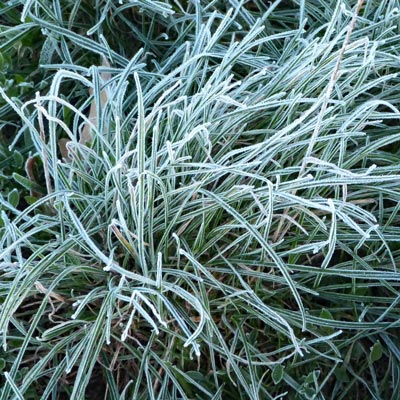 |
 |
|
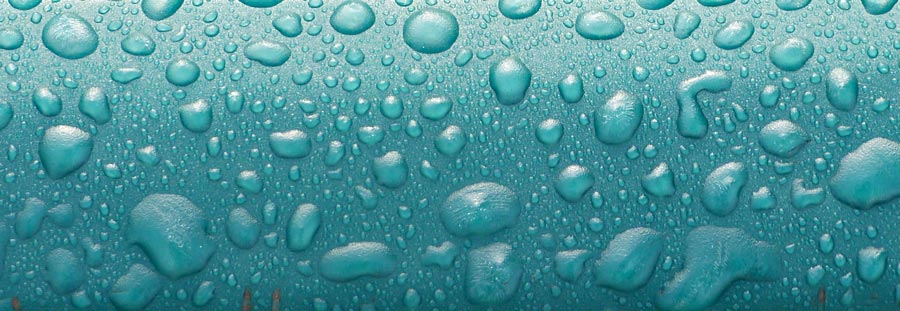 |
||
| It looks like rain drops but it's frozen rain! | ||
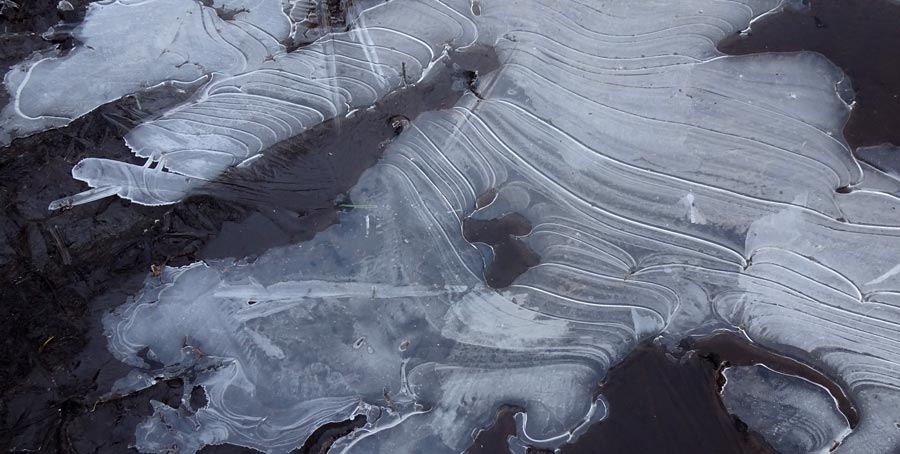 |
||
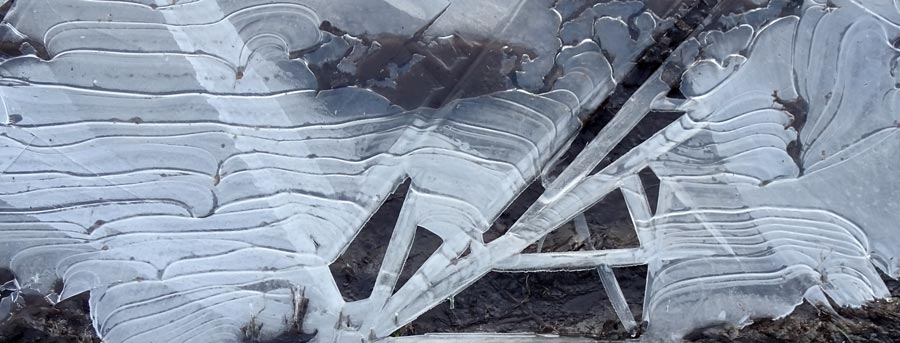 |
||
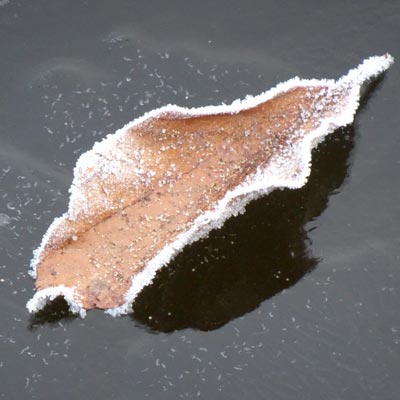 |
 |
|
 |
||
2021 |
||
 |
 |
|
 |
||
 |
||
 |
||
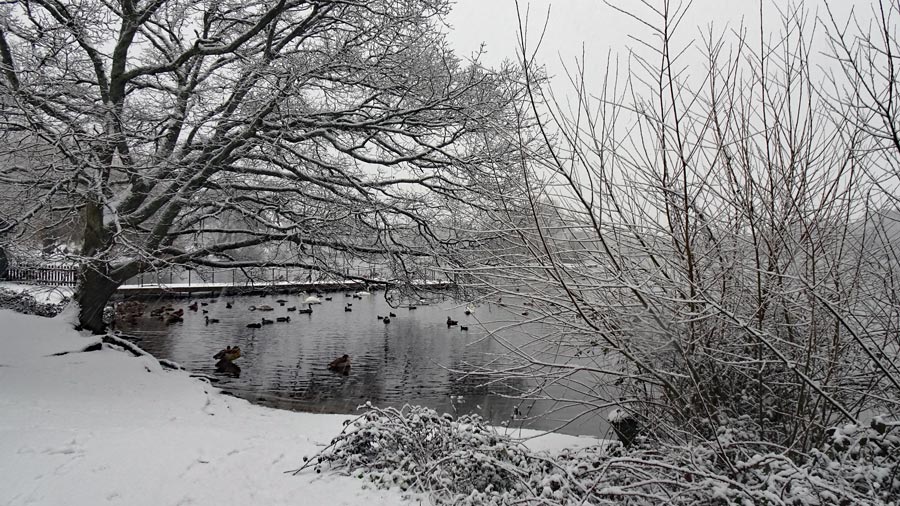 |
||
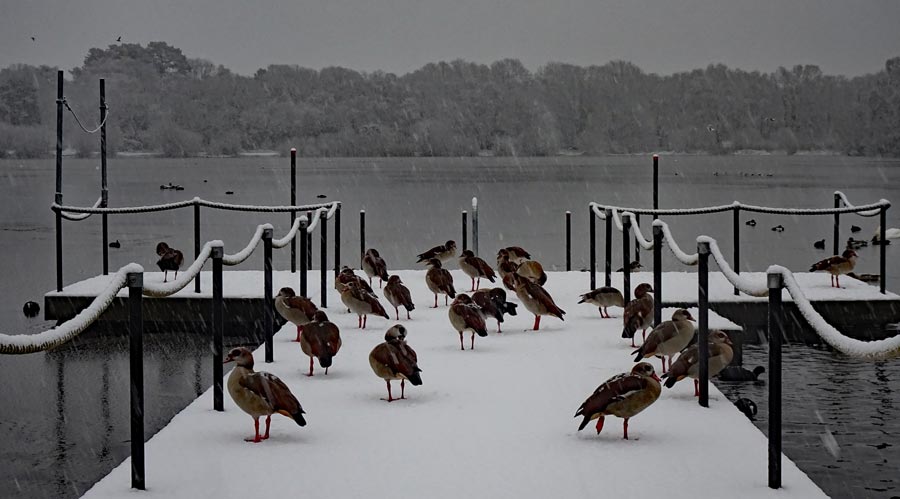 |
||
 |
 |
|
 |
||
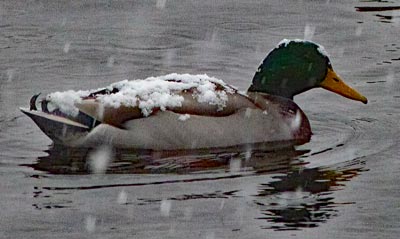 |
 |
|
 |
||
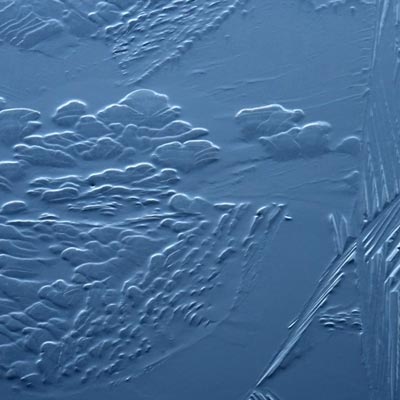 |
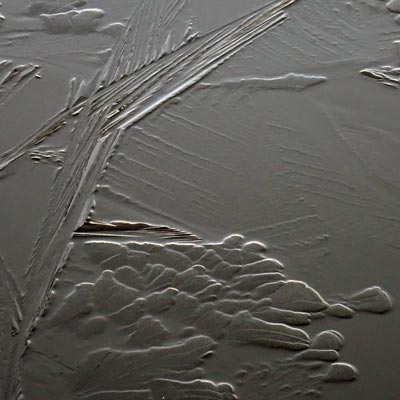 |
|
 |
||
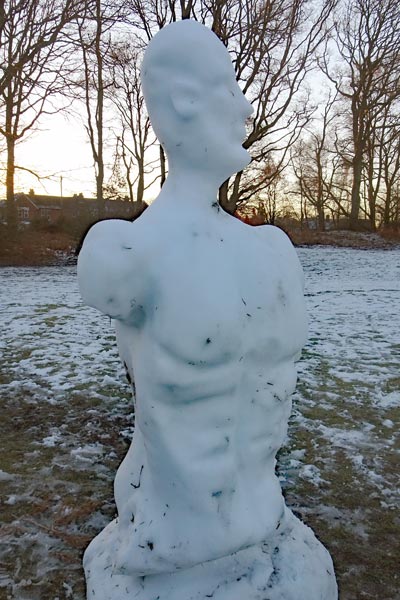 |
 |
|
 |
||
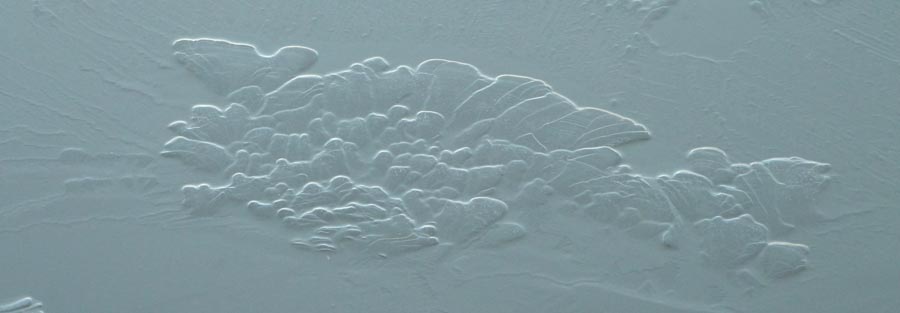 |
||
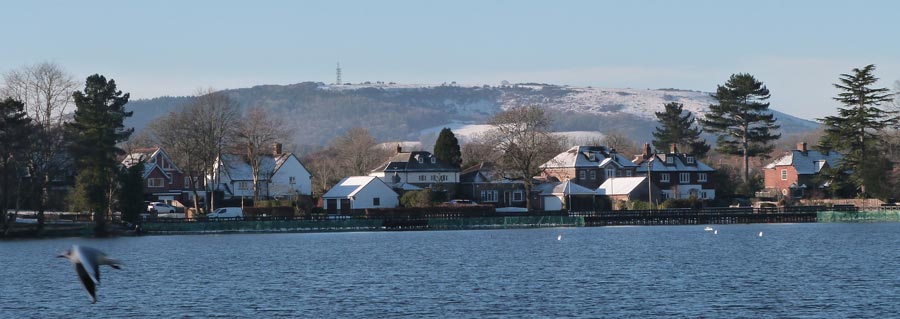 |
||
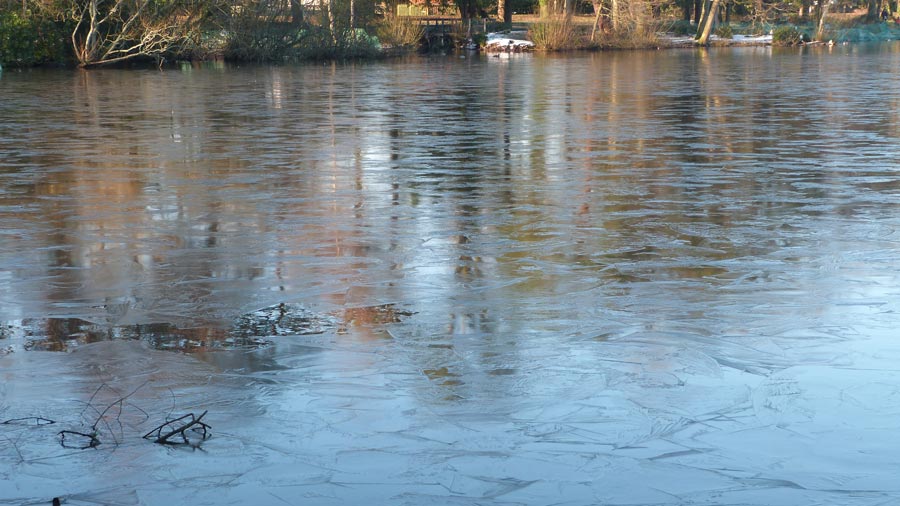 |
||
 |
||
 |
 |
|
 |
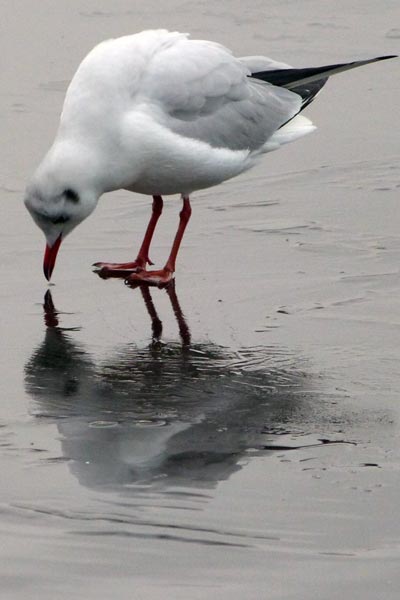 |
|
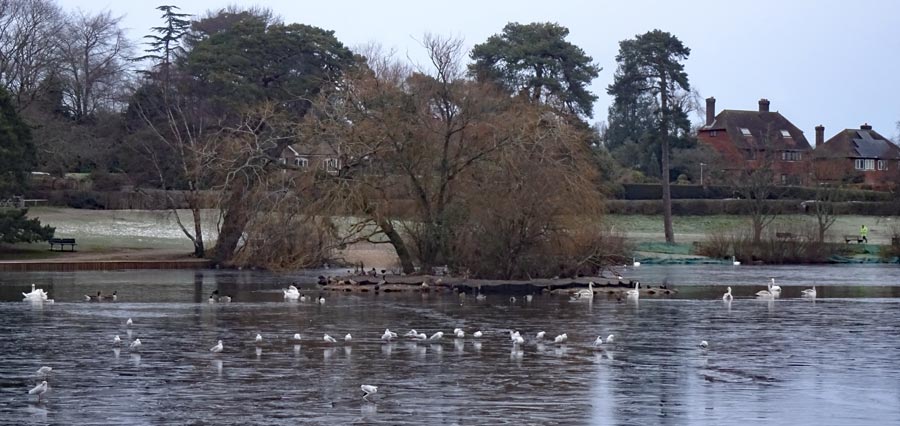 |
||
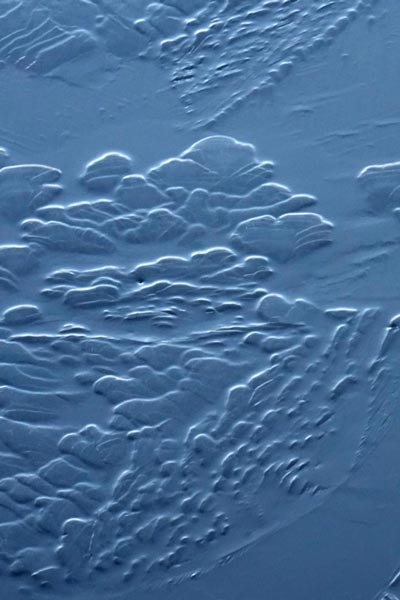 |
 |
|
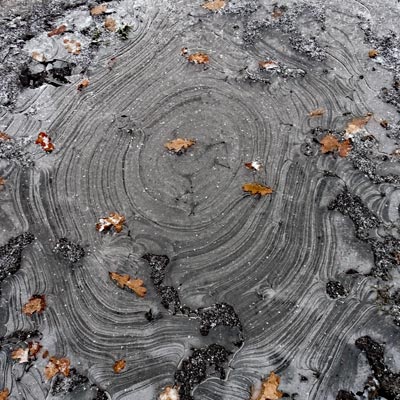 |
 |
|
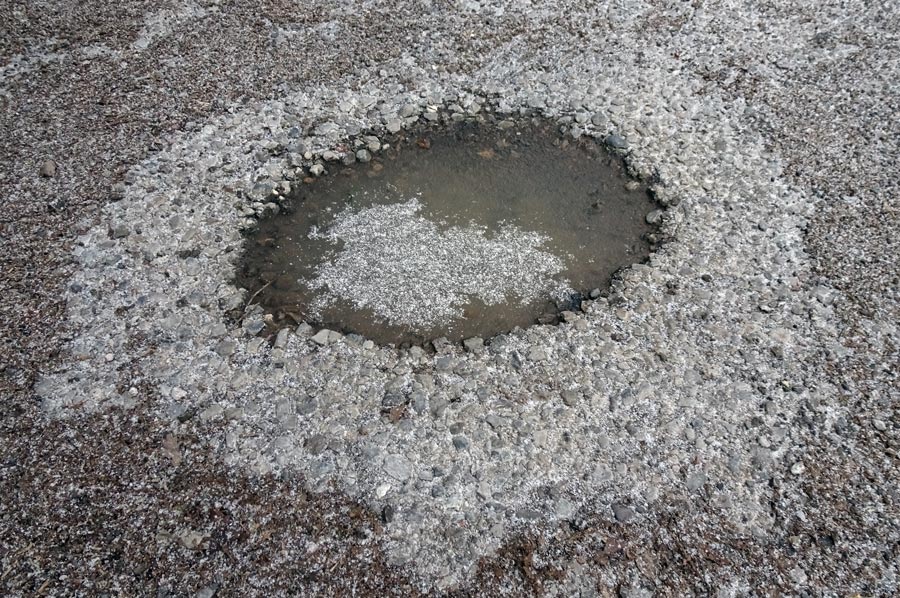 |
||
 |
||
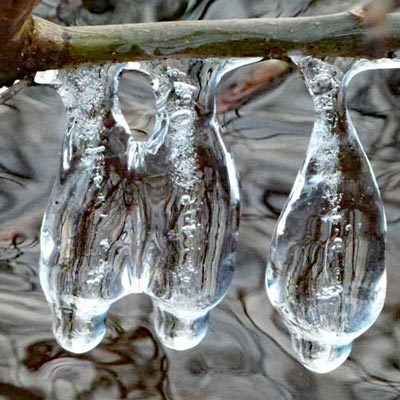 |
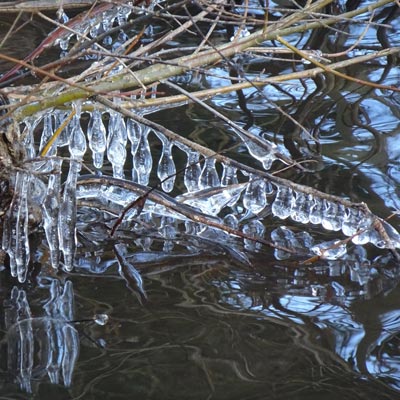 |
|
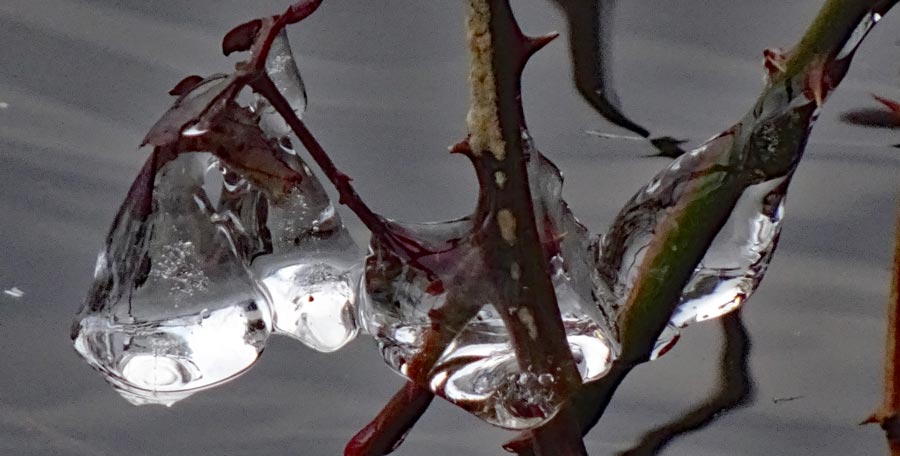 |
||
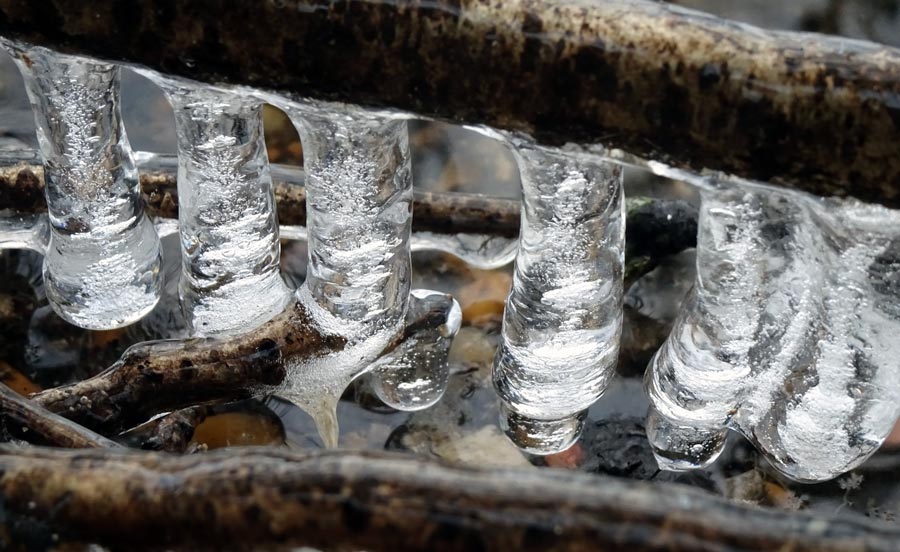 |
||
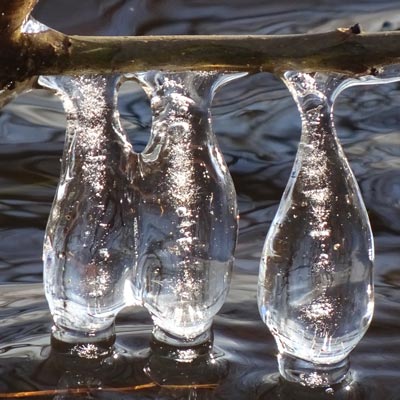 |
 |
|
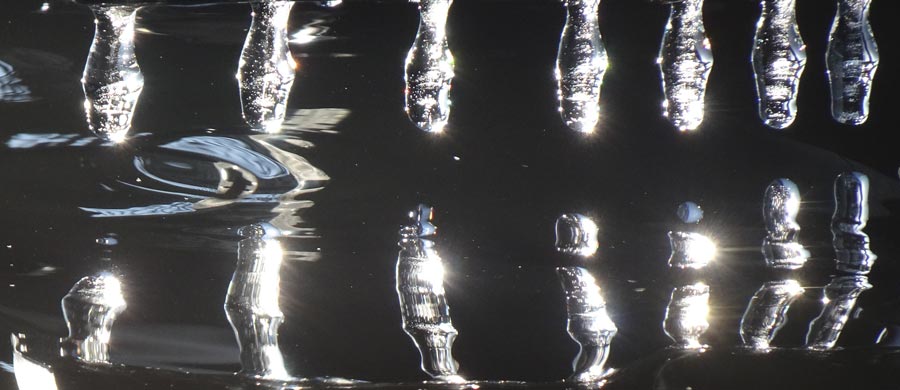 |
||
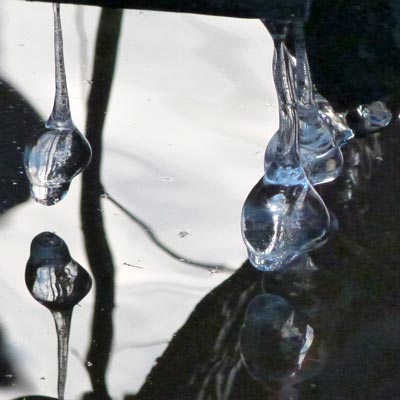 |
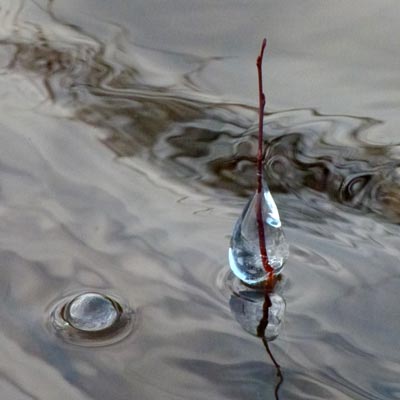 |
|
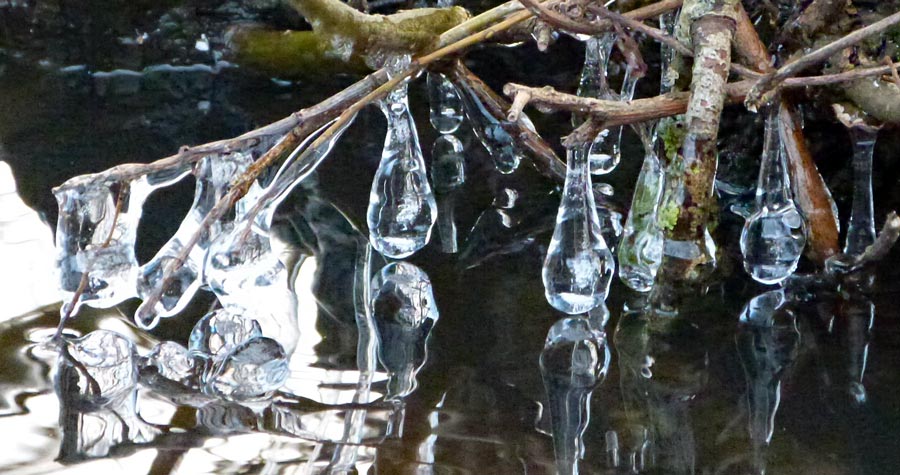 |
||
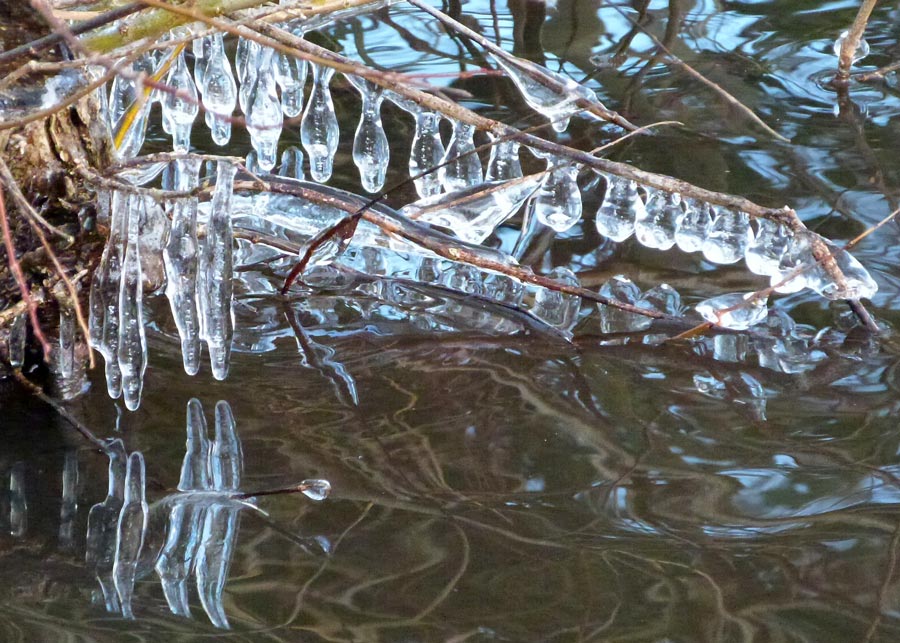 |
||
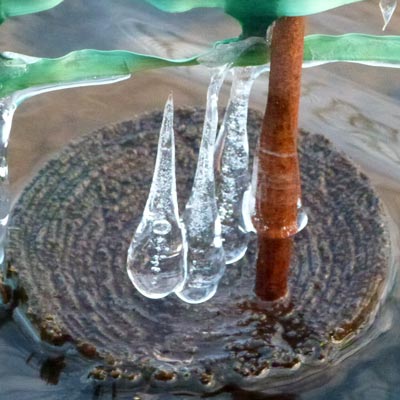 |
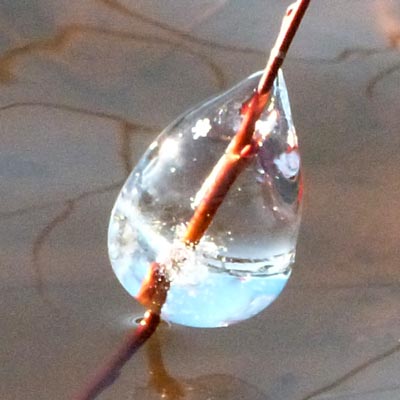 |
|
 |
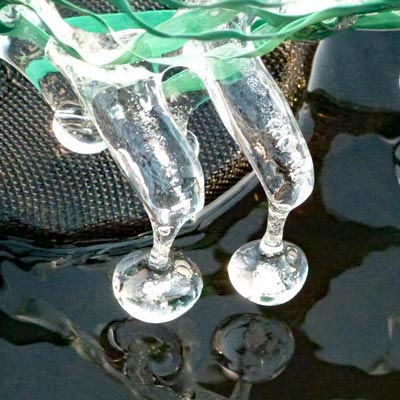 |
|
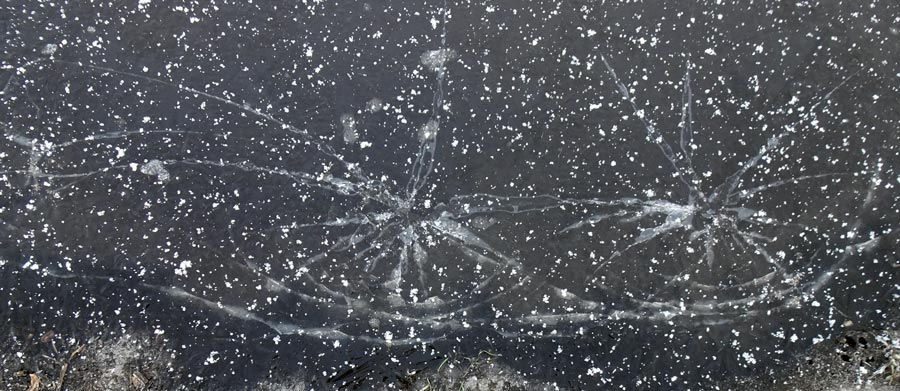 |
||
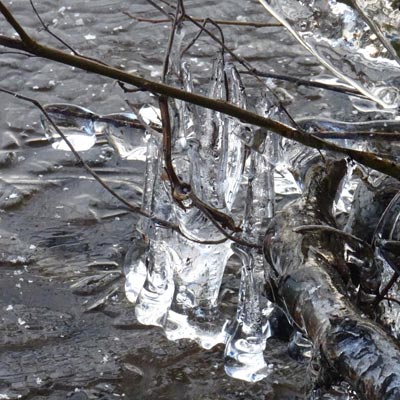 |
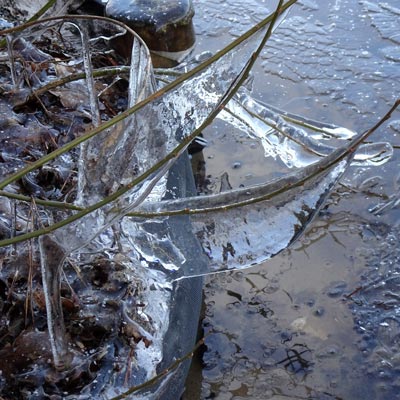 |
|
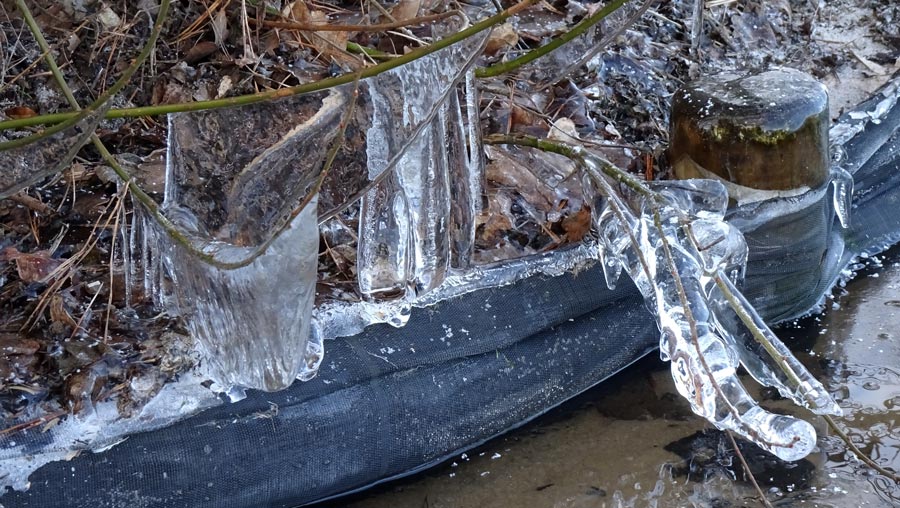 |
||
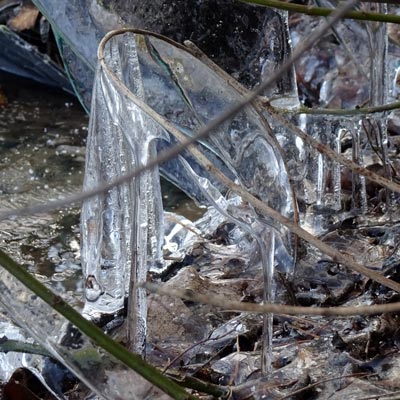 |
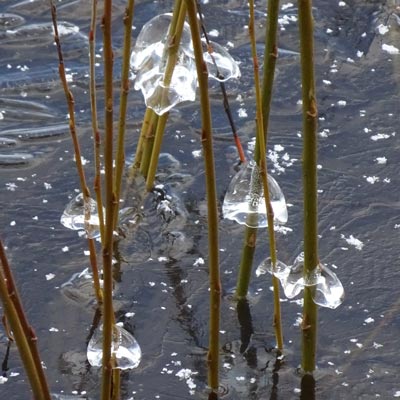 |
|
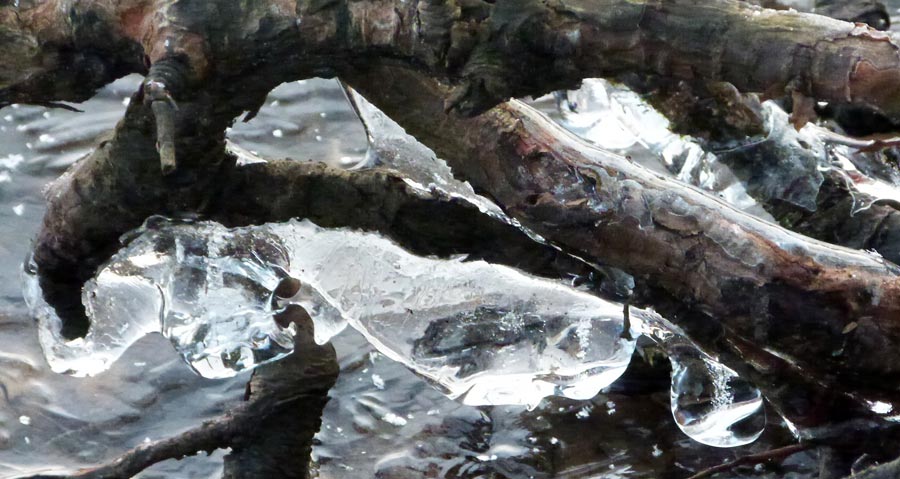 |
||
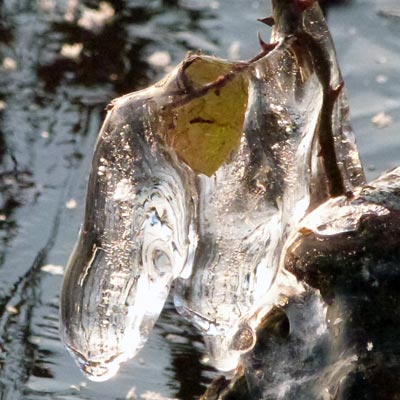 |
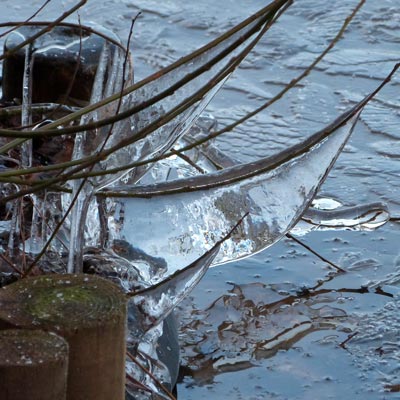 |
|
 |
||
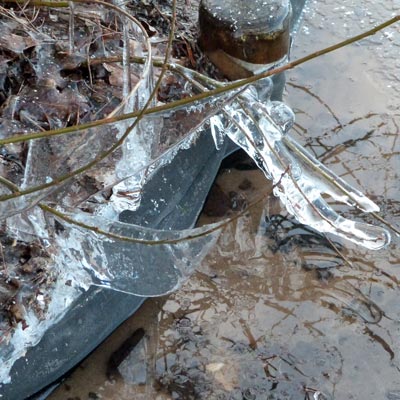 |
 |
|
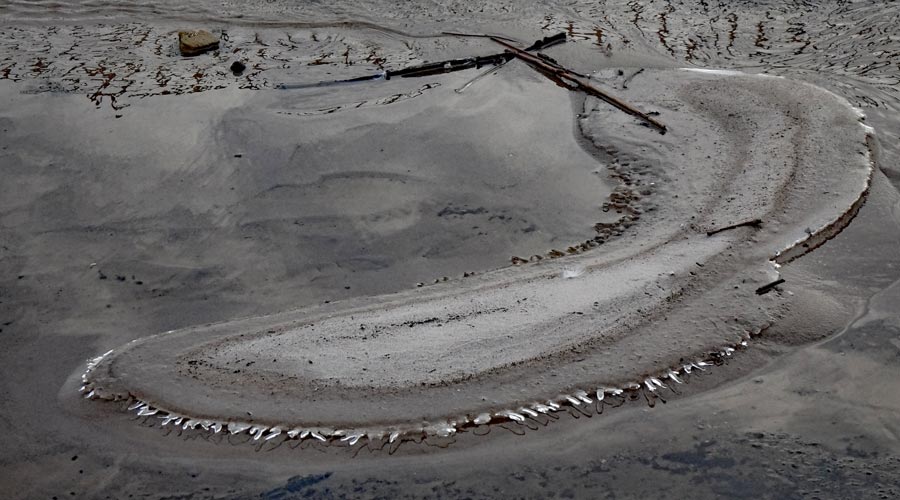 |
||
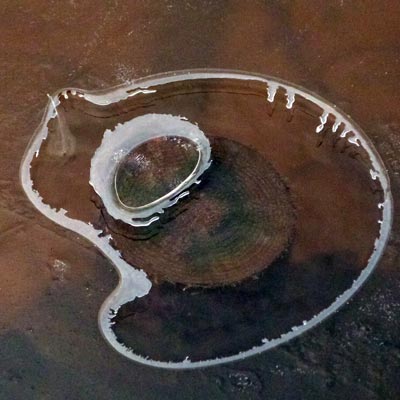 |
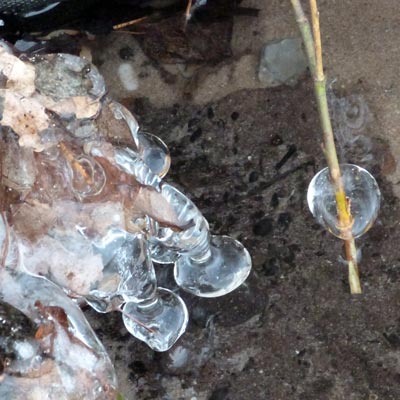 |
|
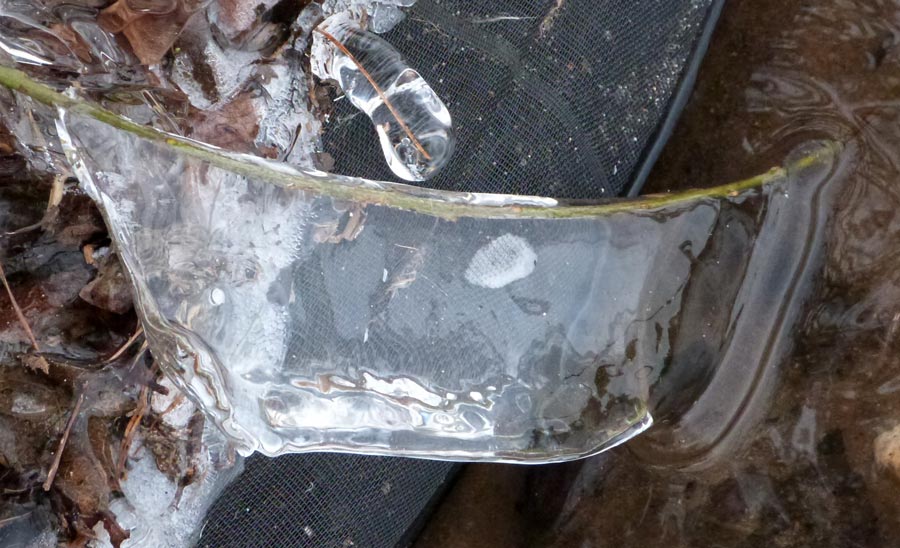 |
||
 |
 |
|
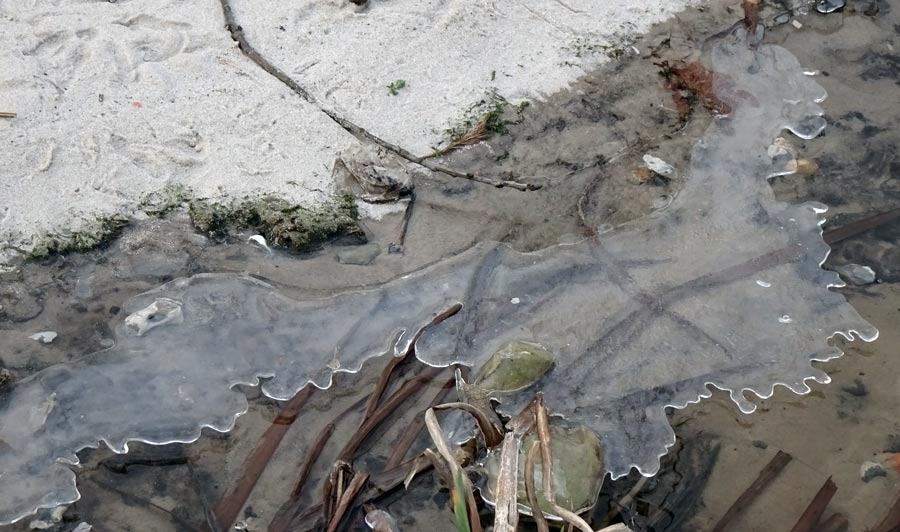 |
||
 |
 |
|
 |
||
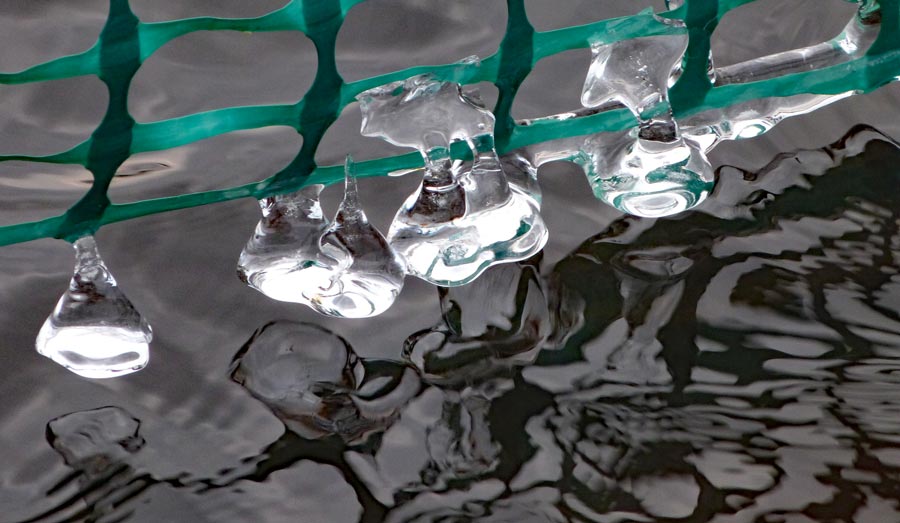 |
||
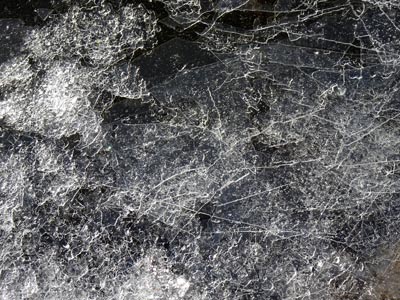 |
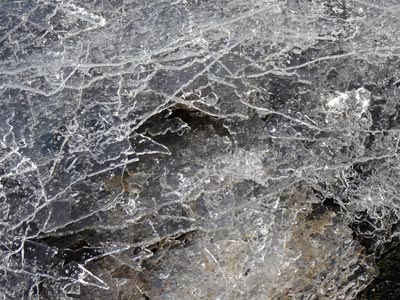 |
|
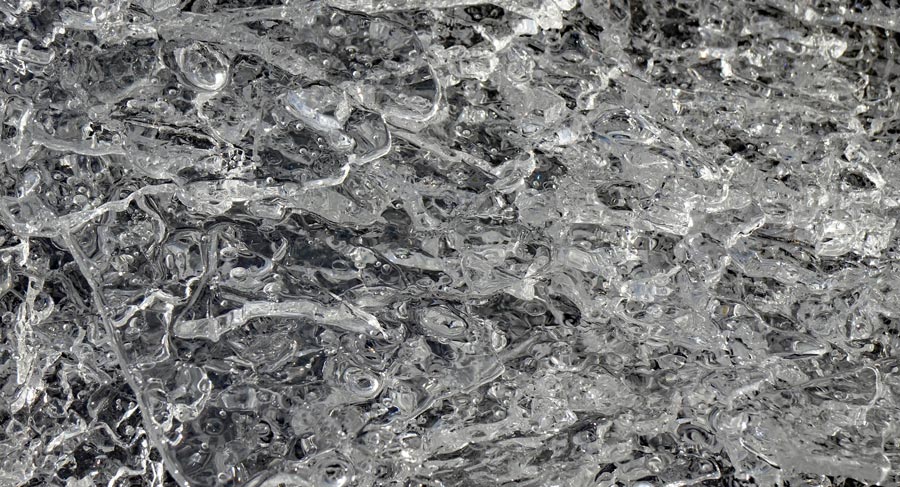 |
||
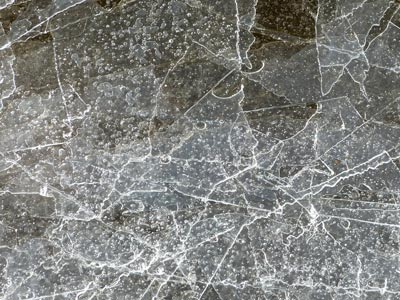 |
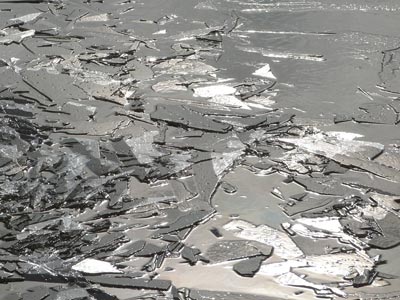 |
|
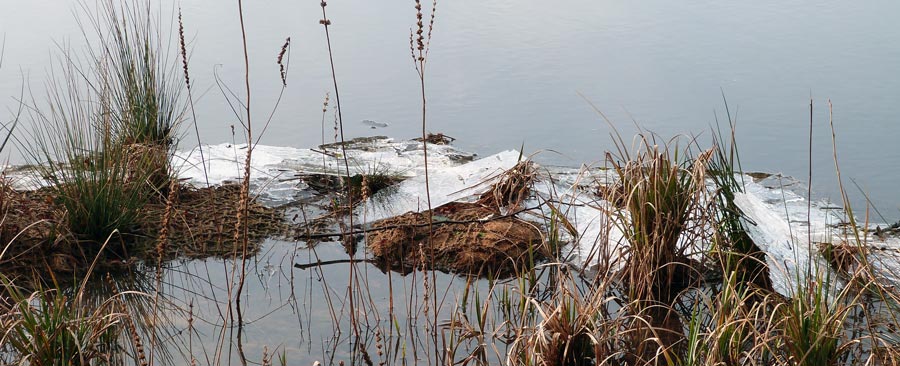 |
||
| By early April we thought that we'd taken our last ice and snow photographs, but on 7 April we took these photographs! |
||
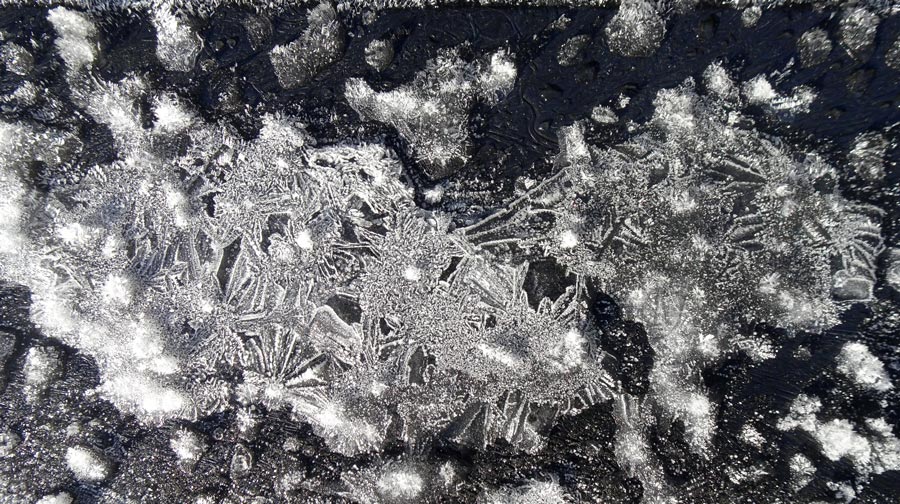 |
||
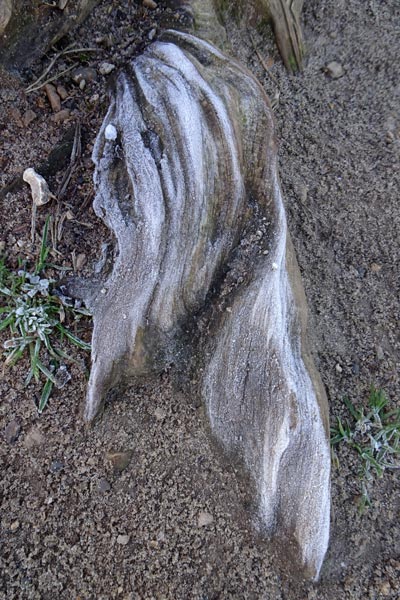 |
||
 |
||
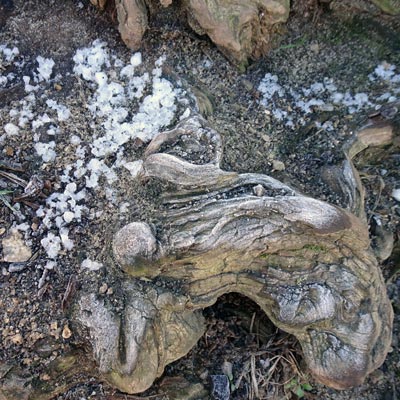 |
||
| Go to the top of this page | ||